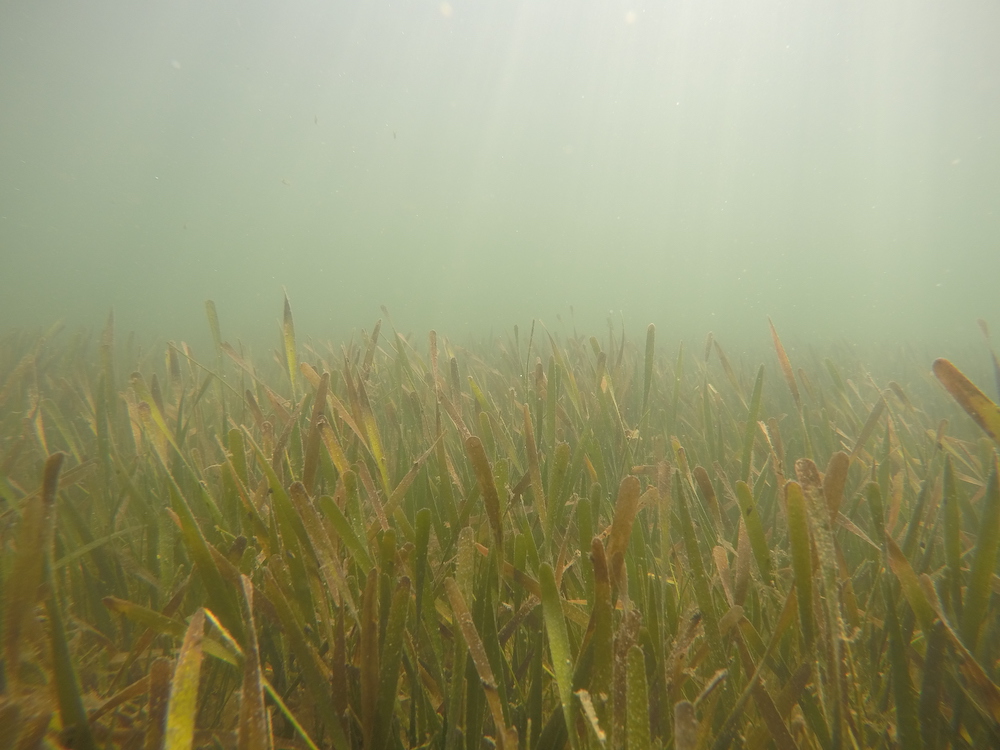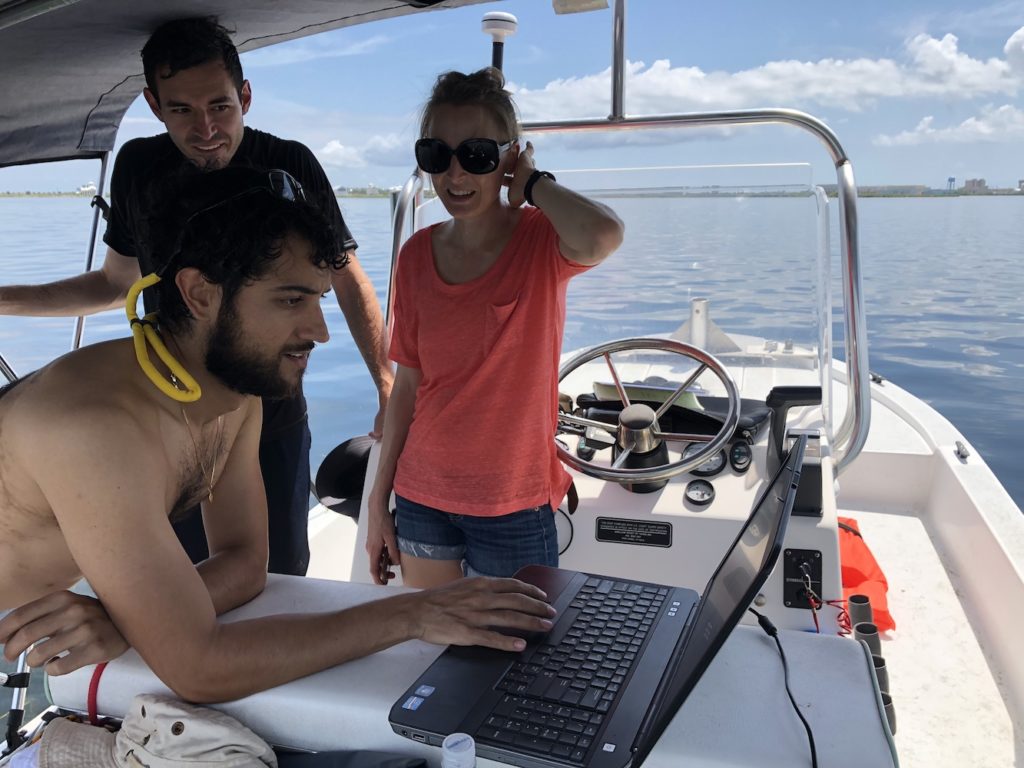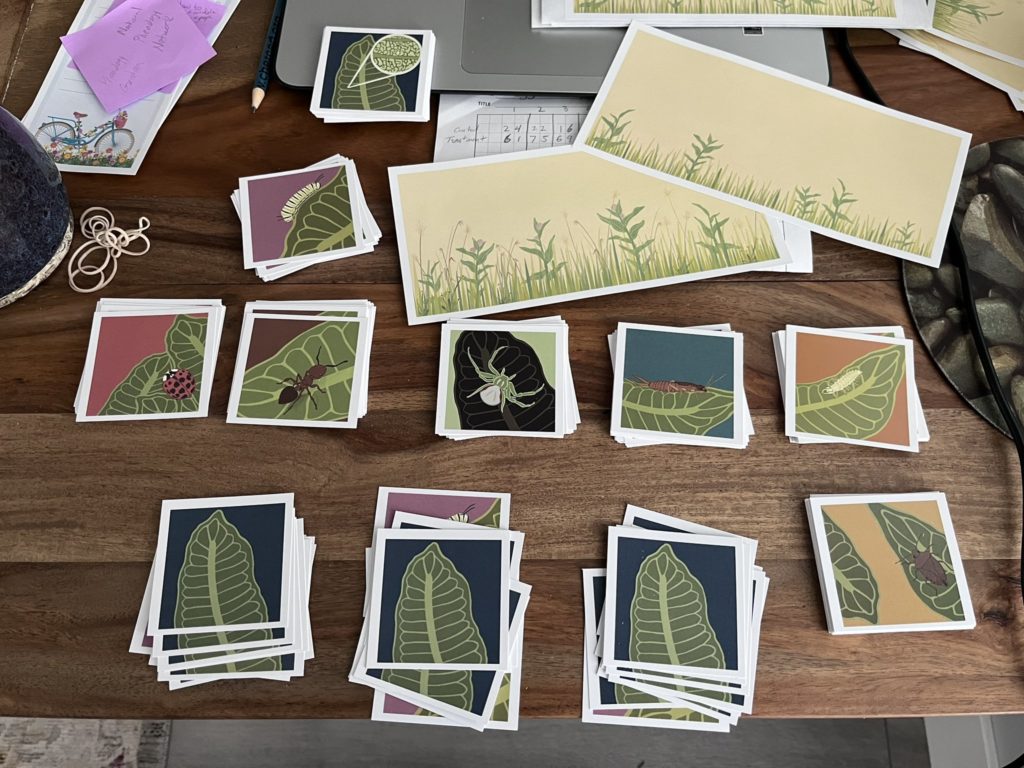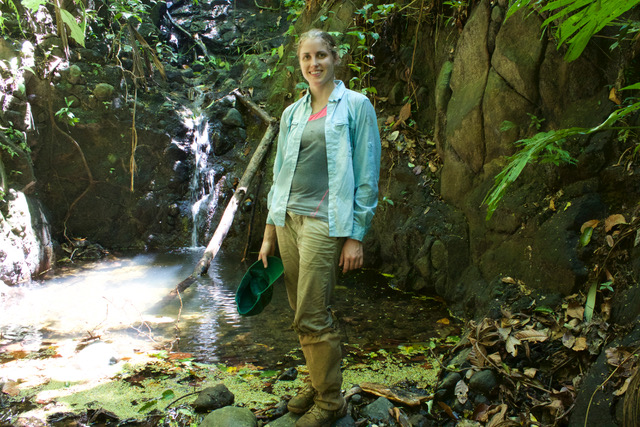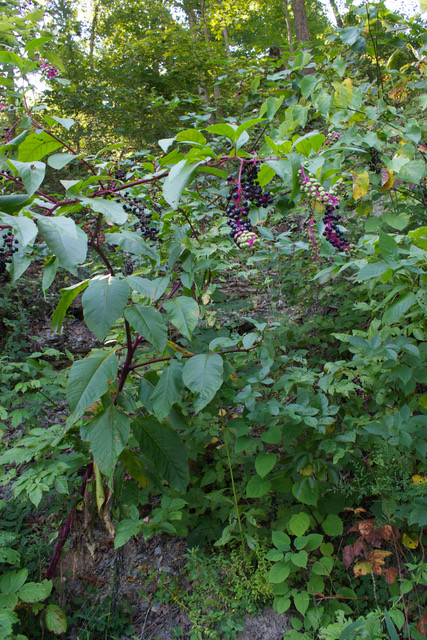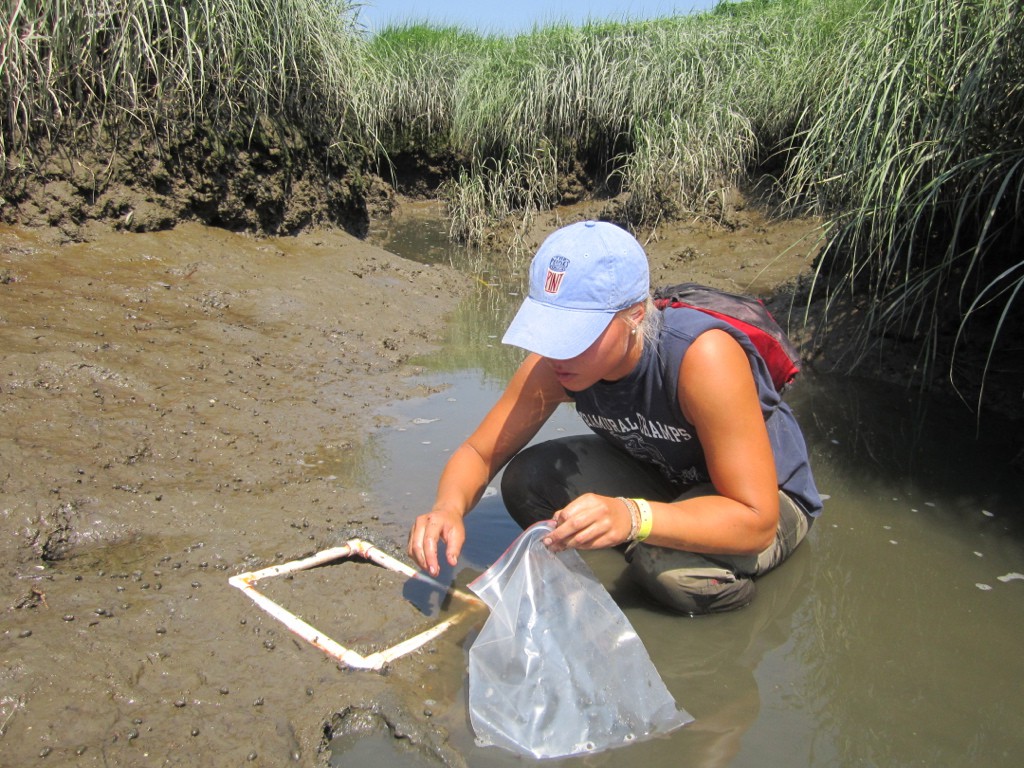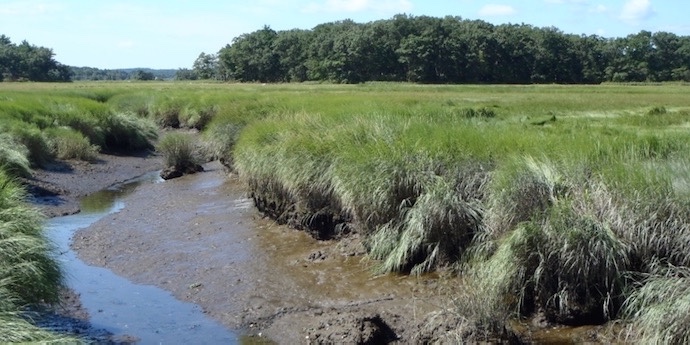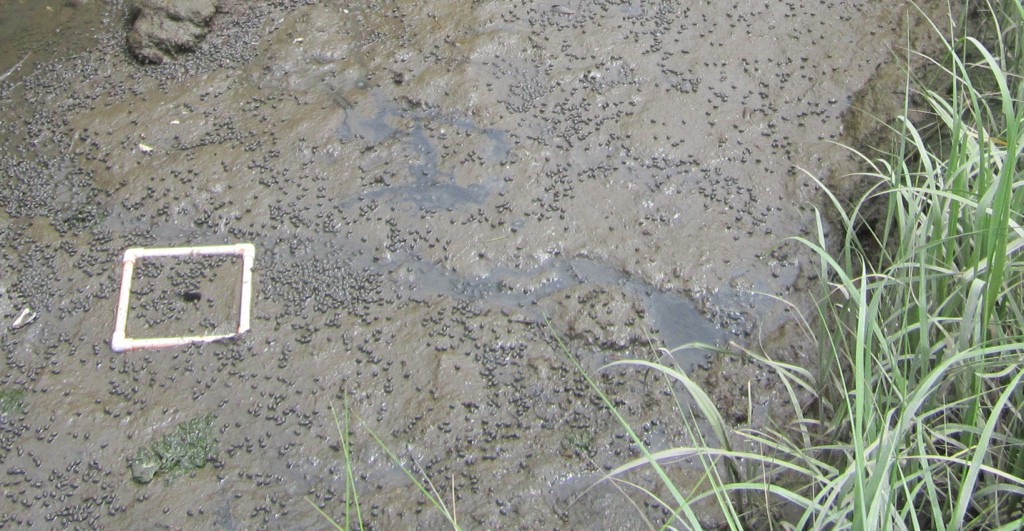The activities are as follows:
Seagrasses are a type of plant that grows underwater. They have long, green leaves and form thick underwater meadows. Seagrass meadows have high plant productivity, or growth, which could help offset the effects of climate change. A major driver of climate change is excess carbon in the atmosphere. Plants can help by pulling carbon from the atmosphere during photosynthesis. Because seagrasses have such high productivity, a lot of carbon is stored in the sediment below them.
Megan and Kevin live in Texas, where these seagrasses are an important part of Gulf Coast ecosystems. Although Megan and Kevin are not ecologists, their expertise is in underwater sound. They are working with biologists to determine the value of applying sound-based methods to monitor the productivity of seagrass meadows.
If you know how to listen, seagrass meadows are full of sound! Sound sources include waves, wind, rain, shrimp, fish, boat engines… and the seagrass itself! It might be surprising that plants produce sound, but Megan and Kevin found that sometimes seagrasses are the main source of naturally occurring, or ambient, sound.
So where does this sound come from? Pulsating sounds are made when bubbles are released from the seagrass leaves. Seagrasses emit oxygen into the water during photosynthesis and most of the time this oxygen dissolves into the water. However, when the water has reached its limit and cannot hold more oxygen, bubbles are formed. Megan and Kevin wanted to see whether they could use these bubbles to monitor the photosynthesis levels in seagrass meadows through sound.
They started by developing a technique to record measurements of ambient sound in the underwater ecosystem. In the laboratory, they were able to use measurements of sound waves to determine a bubble’s size. However, when the ambient sound from seagrass meadows is recorded, there are many bubbles produced simultaneously. This means it is not possible to identify all the bubbles individually through sound recordings. Instead, Megan and Kevin decided to look at changes in the ambient sound level of the meadow as a measure of how much oxygen is produced.
Megan and Kevin wanted to see whether ambient sound levels were noticeably different during peak photosynthesis times. You can relate this to how the background noise changes throughout your school day. The ambient sound level in school is louder during lunchtime when many students are talking at the same time. It’s not possible to identify all the individual conversations taking place throughout the room, but the overall background sound level is higher during lunchtime than when you are doing schoolwork or taking a test.
Similarly, the sound of bubble production during photosynthesis is expected to increase the ambient sound level during periods of high productivity. Additionally, bubbles will be produced when the surrounding water is supersaturated with oxygen, indicated by the time the dissolved oxygen level is greater than 100%.
After they developed their methods, Megan and Kevin headed to the field! They placed a hydrophone (underwater microphone) in the seagrass meadow to record ambient sound data for a year. The hydrophone recorded thirty-second audio clips every ten minutes and they analyzed the clips for sound level, measured in decibels. They also installed a sensor that recorded the dissolved oxygen levels at the site.
Featured scientists: Megan Ballard (she/her) and Kevin Lee (he/him) from the University of Texas at Austin. Scientist team: Preston Wilson, Kenneth Dunton, Kyle Capistrant-Fossa, Colby Cushing, and Thomas Jerome
Flesch–Kincaid Reading Grade Level = 10.4
Additional teacher resources related to this Data Nugget include:
For an excellent teaching resource on underwater sound, check out the “Discovery of Sound in the Sea” website. You can have students explore the science of sound, sounds that animals make underwater, and how acoustic data can help society.
You can learn more about the Texas Seagrass Monitoring Project.
If you would like to give your students the opportunity to explore primary literature, there are several publications related to the research in this Data Nugget:
For more information about how bubbles are produced by underwater plants as a byproduct of photosynthesis:
- Long, M. H., Sutherland, K., Wankel, S. D., Burdige, D. J., & Zimmerman, R. C. 2020. Ebullition of oxygen from seagrasses under supersaturated conditions. Limnology and Oceanography, 65(2), 314-324.
- Freeman, S. E., Freeman, L. A., Giorli, G., & Haas, A. F. 2018. Photosynthesis by marine algae produces sound, contributing to the daytime soundscape on coral reefs. PloS one, 13(10).
Related research about what we can learn by collecting underwater acoustic sound data:
- Spratt, K. S., Lee, K. M., & Wilson, P. S. (2018). Champagne acoustics. Physics Today, 71(8), 66-67.
- Pettit, E. C., Lee, K. M., Brann, J. P., Nystuen, J. A., Wilson, P. S., & O’Neel, S. (2015). Unusually loud ambient noise in tidewater glacier fjords: A signal of ice melt. Geophysical Research Letters, 42(7), 2309-2316.
